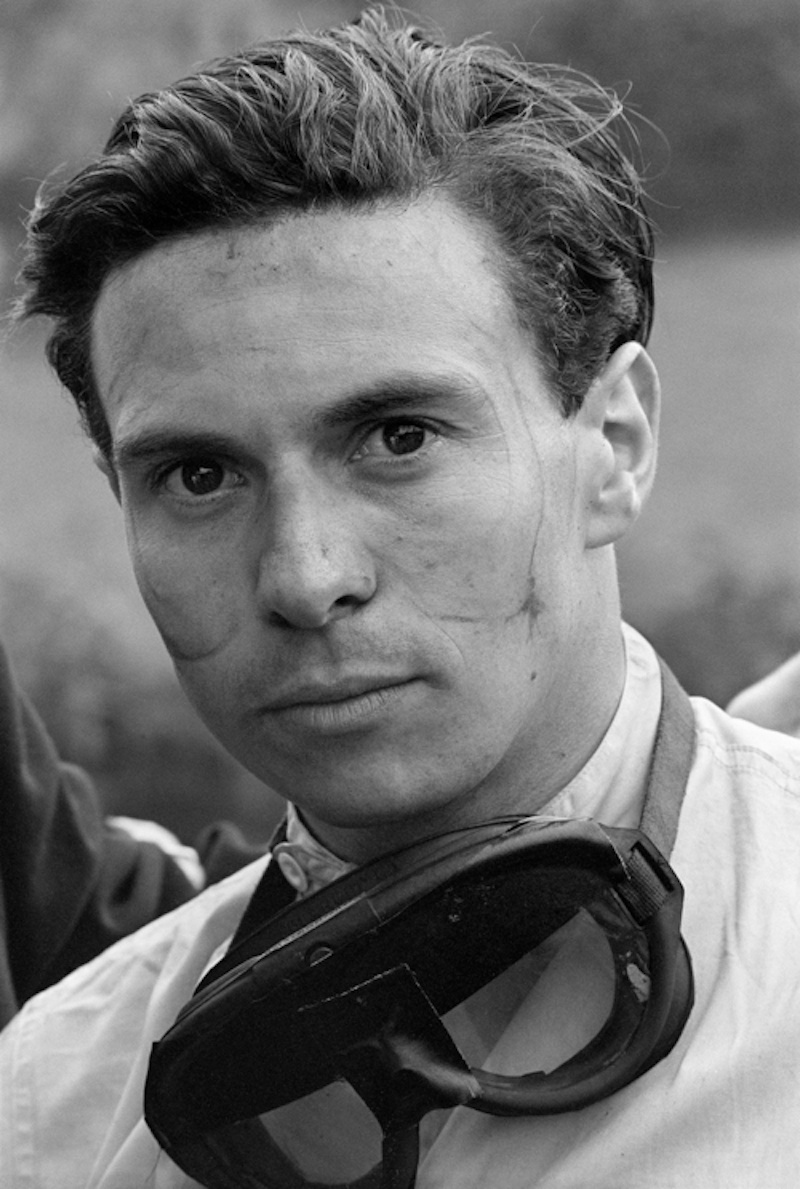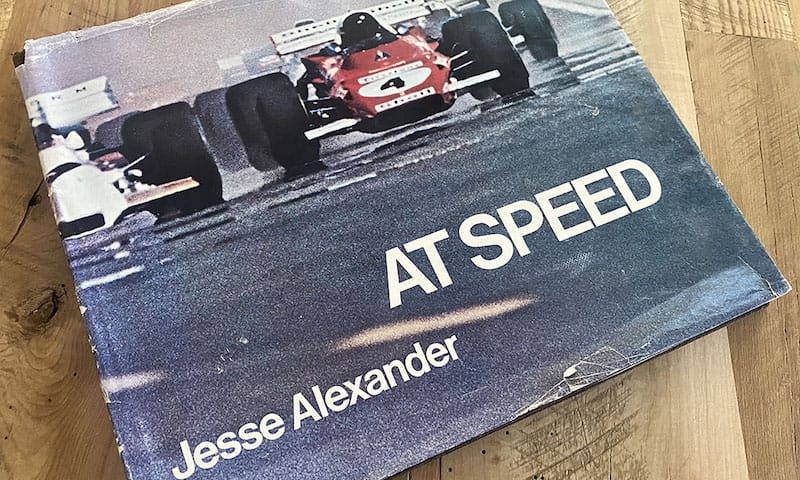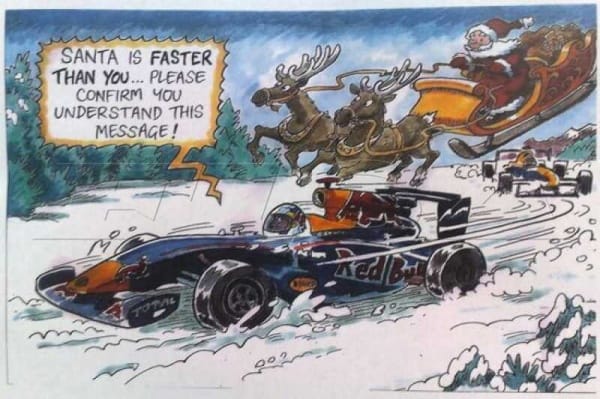CLARK AND NASIR CELEBRATE THE 2021 FORMULA 1 SEASON, LOOSH ON THE LOOSE IS BACK TO OPINE ON THE SEASON ENDING RACE AND PHILIP PEGLER’S PERSPECTIVE IS ALSO THROWING IN HIS TWO PESOS! THIS WEEKS F1W ARCHIVES BRING AN INTERVIEW WITH THE LATE JESSE ALEXANDER…
He was Dan Gurney with a Leica M3 camera in his hand. Jesse Alexander, who inspired generations of motor racing photographers with his work covering the early days of Formula 1 in the 1950s and 1960s, died last week at the age of 92.
Born between world wars, the native of Santa Barbara, California, was too young to serve before the end of WWII, but his remarkable journey through a rebuilding Europe – covering Formula 1 in its infancy – captured our country’s imagination.

Jim Clark, Spa 1962. Photo courtesy of the Alexander family
Like Gurney, who made young boys and girls, and grown men and women to dream of becoming racecar drivers, Alexander inspired racing fans, young and old, to visit their local camera stores and pursue amateur and professional photography. It’s impossible to calculate how many cameras and lenses were sold as a result of Alexander’s peerless work.
As Alexander wrote in the forward of Forty Years of Motorsport Photography, one of the many books he published, “Since 1953, I have focused my camera on the cars and drivers that make up the great sport of motor racing. It all started when I traveled to Mexico to cover the Carrera Panamericana, better known as the Mexican Road Race. A year later. I went to Europe and became an expatriate until I returned home in the late ’60s.”
Featured in the pages of Car & Driver, Autoweek, Sports Car Illustrated, Road & Track, and other seminal auto and racing-themed magazines, Alexander’s style was immediately recognizable.
Alexander’s photo of an emotionally spent Jim Clark, taken after winning the 1962 Belgian Grand Prix, is upheld by many of my fellow shooters as the greatest motor racing photo ever taken. I couldn’t possibly count the amount of time I’ve spent staring at the image; it’s mesmerizing, haunting, piercing, every little detail a story of its own.
Among the many extraordinary aspects of Alexander’s primary body of photography is it was produced across just 97 races spanning 1953-1967. A busy professional shooting IndyCar, IMSA, and NASCAR today might reach 97 races in two or three years. The fact that Alexander was able to generate so much beauty over a relatively small number of events is yet another example of his brilliance.

Fully grasping Alexander’s impact on racing photography is made easier with the reflections of those who used his example as a blueprint for their lives, starting with California’s Terry Griffin, who emulated Alexander as one of the only Americans shooting F1 in the ’80s and ’90s.
Play Podcast: 12-24-21f1weekly917.mp3
